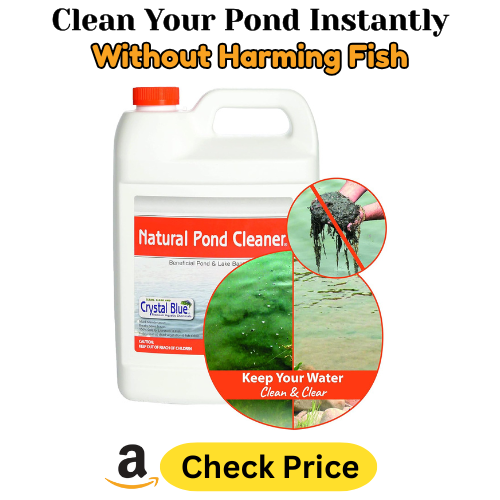Copper sulfate is a chemical commonly used to control algae in ponds, lakes, and water gardens. While effective, it must be used carefully because too much can harm fish, plants, and beneficial microorganisms. Understanding the proper dosage, application methods, and safety considerations is essential to maintain a healthy pond ecosystem.
What Copper Sulfate Does
Copper sulfate works by inhibiting the growth of algae. It is particularly effective against green algae and some filamentous algae that can turn a pond green and reduce oxygen levels. By controlling algae, copper sulfate helps improve water clarity and reduces the risk of fish stress caused by oxygen depletion.
Determining Pond Volume
Before applying copper sulfate, it’s important to know the exact volume of your pond. Pond volume is usually measured in gallons or cubic feet. To estimate the volume:
-
Measure the length, width, and average depth of the pond in feet.
-
Multiply length × width × average depth to get cubic feet.
-
Convert cubic feet to gallons by multiplying by 7.48 (1 cubic foot = 7.48 gallons).
Accurate pond volume is crucial because too much copper sulfate can be toxic to fish, and too little will be ineffective against algae.
Recommended Dosage
The typical dosage of copper sulfate for algae control in ponds is:
-
1.5 pounds per acre-foot for initial treatment.
-
1 acre-foot equals 1 acre of surface area with water 1 foot deep, which is roughly 325,851 gallons.
For smaller ponds, the dosage must be scaled down. A simpler guideline for most pond sizes is:
-
0.25 to 1.0 ppm (parts per million) of copper sulfate in the water.
-
This translates to approximately 1.5 ounces per 1,000 gallons of water for a 1 ppm concentration.
It’s always better to start with the lower dose, observe results over a few days, and repeat treatment if necessary. Avoid adding large amounts at once, as high concentrations can harm fish and invertebrates.
Application Method
-
Dissolve Copper Sulfate: Mix the copper sulfate in a bucket of water before adding it to the pond. This helps distribute the chemical evenly and prevents concentrated areas that could harm fish.
-
Distribute Evenly: Pour the solution around the pond, especially near areas with heavy algae growth. Avoid dumping in one spot.
-
Timing: Apply on a calm day to prevent runoff and ensure even mixing. Early morning or late evening is ideal.
Safety Considerations
-
Fish Safety: Copper sulfate can be toxic to fish at high concentrations. Always calculate the dosage carefully based on pond volume.
-
Water Plants: Sensitive aquatic plants may also be affected. Remove or protect desirable plants before treatment.
-
Repeated Use: Avoid repeated or frequent use, as copper can accumulate in sediment and become toxic over time.
-
Water Testing: Use a test kit to monitor copper levels if multiple treatments are needed. Maintain levels below 1 ppm for fish safety.
Alternatives and Complementary Methods
While copper sulfate is effective, combining it with other methods helps prevent future algae growth:
-
Aeration: Adds oxygen and improves water circulation.
-
Beneficial Bacteria: Compete with algae for nutrients.
-
Shading and Plants: Floating plants like water lilies reduce sunlight, which limits algae growth.
-
Manual Removal: Remove thick mats of algae by hand or with a rake.
Conclusion
The amount of copper sulfate to use in a pond depends on the pond’s volume, algae type, and water conditions. Start with a low dose of about 1.5 ounces per 1,000 gallons, distribute it evenly, and monitor the pond closely. Proper application can control algae effectively while protecting fish, plants, and the overall ecosystem. Always follow safety guidelines and avoid overuse to maintain a healthy, clear pond.


